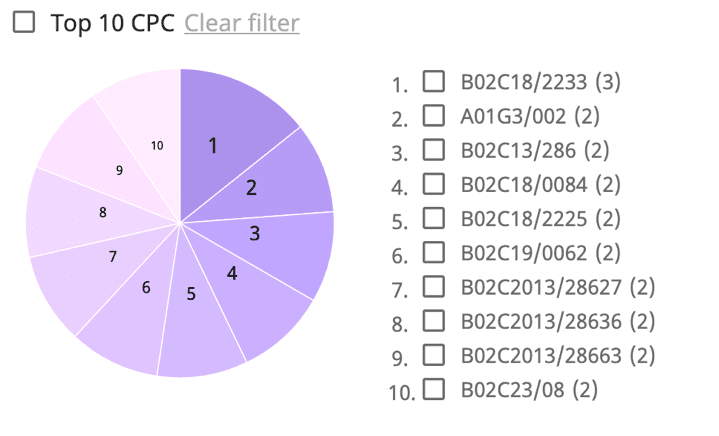Conducting Patent Searches Using the CPC Scheme

The United States Patent and Trademark Office (USPTO) has finalized its transition to the Cooperative Patent Classification (CPC) scheme for classifying patent applications and for patent application routing within the USPTO. A joint effort between the USPTO and the European Patent Office (EPO), the move away from the United States Patent Classification (USPC) scheme will allow the USPTO, EPO and many other patent authorities that use the CPC to harmonize to the global patent system. There are many advantages to the CPC system that will assist patent professionals in conducting patent searches more efficiently than ever.
Patent searches by CPC code
Possibly the greatest advantage of the CPC scheme for patent practitioners is that multiple CPC codes can and will be assigned to patent applications by the USPTO or any patent authority that uses the CPC scheme. The assignment of several CPC codes to a single patent application means that patent practitioners will uncover more related patent documents when searching by CPC code than by USPC code. A patent search by CPC code is advantageous because it results in all of the patent documents that include the code that is searched, even if the searched code is only one of many CPC codes assigned to the document. A patent search by USPC code, on the other hand, results in only the patent documents that have the searched USPC classification as their sole classification—documents related but not specific to the searched USPC classification will not be displayed at all.
The second major advantage of searching by CPC code is that the CPC scheme is already being used by many other patent authorities around the world. The ability to search by CPC code may not seem like a big deal when doing a patent search via the USPTO database or the EPO database, because each database is limited to its own patent documents. However, when patent professionals use a patent search platform like LexisNexis TotalPatent One® that allows users to search over 100 patent databases simultaneously, a CPC code search helps identify relevant patent documents from all over the world.

Using the CPC to filter patent search results
Sometimes it makes more sense to search for patent records by keyword, inventor, assignee or any of the many available options instead of by CPC classification. Even if that is the case, CPC codes are a great tool for filtering initial search results down to the most relevant patent documents. Advanced patent search tools available on the TotalPatent One® platform provide users with a visual breakdown of the most common CPC classifications among patent document search results. With a few clicks of a mouse, users can limit the displayed patent records to only those related to the chosen CPC codes for the most on-point search results.
Just as the CPC unites the world and improves on patent classifications, TotalPatent One patent search tools unite global patent databases and simplify the patent search process. Taken together, the CPC and TotalPatent One provide users with an unparalleled patent search experience and help them access on-point patent records with ease and efficiency.
To learn more about the USPTO transition to the CPC scheme and conducting patent searches, access the On-Demand Webinar A Conversation with the Commissioner: A Look Inside Patent Processes at the USPTO and read the accompanying blog article.
Learn more about TotalPatent One.

Need to simplify your patent search?
Get quick, precise, and reliable results with full-text documents and high-resolution images from global patent authorities.
